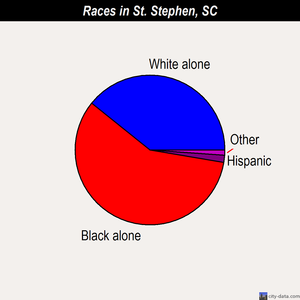Saint Stephen (Greek: Στέφανος/Stephanos), known as the Protomartyr (Greek: Πρωτομάρτυρας/Protomartyras) (or first martyr) of Christianity, is venerated as a saint in the Roman Catholic Church, as well as in the Orthodox Church. Another feast day, the Invention of St. Stephen, was historically kept on August 3, commemorating the finding (Latin: inventio) of his body during the reign of Emperor Honorius. His name means 'laurel wreath' or 'crown' in Greek.
Christian deacon
Acts tells the story of how Stephen was tried by the Sanhedrin for blasphemy against Moses and God (Acts 6:11) and speaking against the Temple and the Law (Acts 6:13-14) (see also Antinomianism) and was then stoned to death (c. A.D. 34-35) by an infuriated mob encouraged by Saul of Tarsus, the future Saint Paul: "And Saul entirely approved of putting him to death" (8:1). [2]. Stephen's final speech is presented as making an accusation against the Jew of continuing to persecute prophets who spoke out against their sins:
'"Which one of the Prophets did your fathers not persecute, and they killed the ones who prophesied the coming of the Just One, of whom now, too, you have become betrayers and murderers." (7:52)
Saint Stephen's name is simply derived from the Greek Stephanos, meaning "crown", which translated into Aramaic as Kelil. Saint Stephen is traditionally invested with a crown of martyrdom for Christianity and is often depicted in art with three stones and the martyrs' palm. In Eastern Christian iconography he is shown as a young beardless man with a tonsure, wearing a deacon's vestments, and often holding a miniature church building and censer.
Martyrdom
As he was dying, Saint Stephen experienced a theophany. His theophany was unique in that he saw both the Father and the Son.
"Behold, I see the heavens opened, and the Son of man standing on the right hand of God." (Acts 7:56)
 Theophany
Theophany
No comments:
Post a Comment